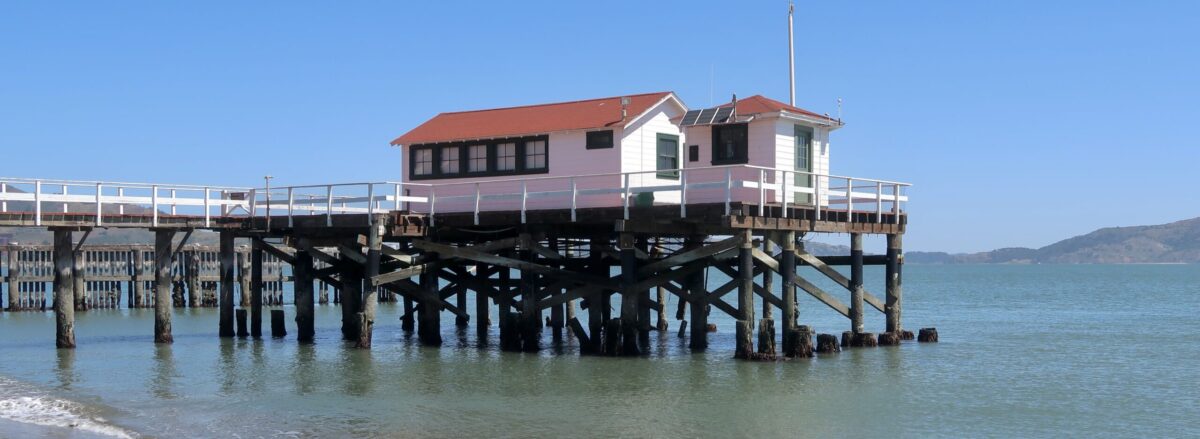According to Wikipedia, “the first successful bi-directional transmission of clear speech by Bell and Watson was made on March 10, 1876 when Bell spoke into the device, “Mr. Watson, come here, I want to see you.” and Watson answered.”
***********
 Not so long ago, no modern young woman would venture into a public place without clutching a pack of cigarettes.
Not so long ago, no modern young woman would venture into a public place without clutching a pack of cigarettes.
It was a way of looking cool, emancipated, with it.
These nicotine-laden days are mercifully over, but it seems that young females are still unable to go anywhere without clutching something.
And today the “clutchee” of choice is the smartphone.
You cannot go to any public place without spotting females carrying or fondling a smartphone. They seem to equate it with a modern rabbit’s foot, an amulet that will protect them wherever they go.
Luckily unlike the genuine rabbit’s foot, the smartphone doesn’t have to be captured or purchased in a cemetery.
But absolutely, definitely, unquestionably, young women cannot leave home without it.
Phones used to be simple means of communication, but not anymore.
Today you can ask your phone all kinds of questions and they will give you amazingly accurate and personalized answers.
I just asked my phone: Siri, do I look good today?
And Siri answered:
“Simply fabulous Alain. Is it what you wanted to hear?”
How could you ever leave home without such a friend?
You can also say “Siri, take me home” and Siri will obligingly pull out a map and give audible commands to take you back to your lair.
Men are a little different from women when it comes to phones.
They carry a phone all right, but in less obvious ways. They tote the little bugger in a pocket or in holster, not like a crucifix.
But women are definitely quicker on the draw.
Ring, ring… Yes, yes, I am here… Talk to me…
Women are more particular about color coordination than men.
The color of their phone cover has to match the color of their fingernails otherwise the device will be prone to hiccups.
Men are not as particular; a camouflaged cover will do, but they are more likely to have a customized ring.
Technologically speaking though, the next big innovation will be the Google Glass.
Through this amazing wearable computer you will be able to take pictures, record and share video clips, get driving directions, ask all kinds of questions, etc. everything via natural language, hands-free.
This means that across the dinner table, people will seemingly look at you but not pay the slightest attention to what you are saying.
They will be too busy watching something on their head-mounted display.
This won’t really change much in terms of human relations. Your wife won’t still listen to you and you won’t probably hear a word of what she is saying.
As the French have been saying all along « Plus ça change, plus c’est la même chose »
The more things change, the more they remain the same!
Alain La Foudre
Like this:
Like Loading...


